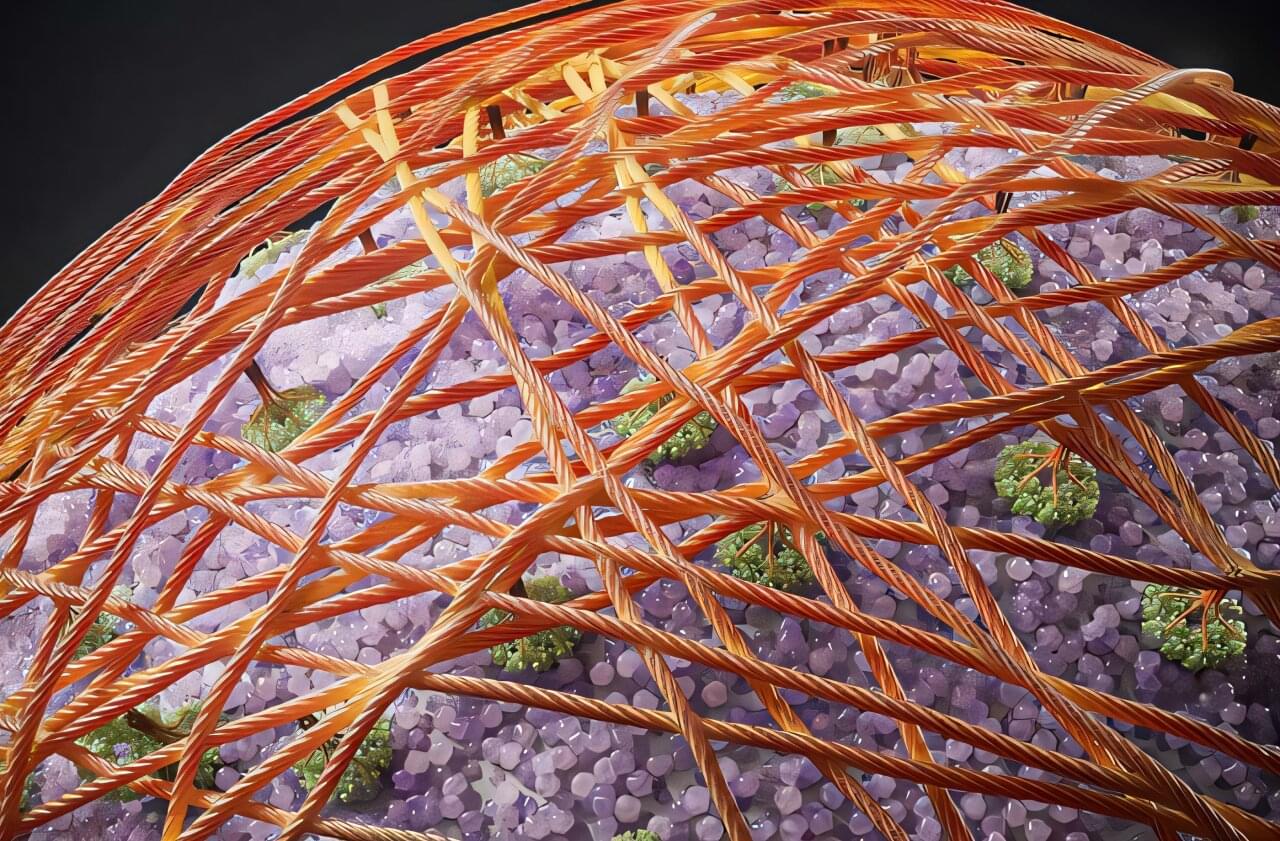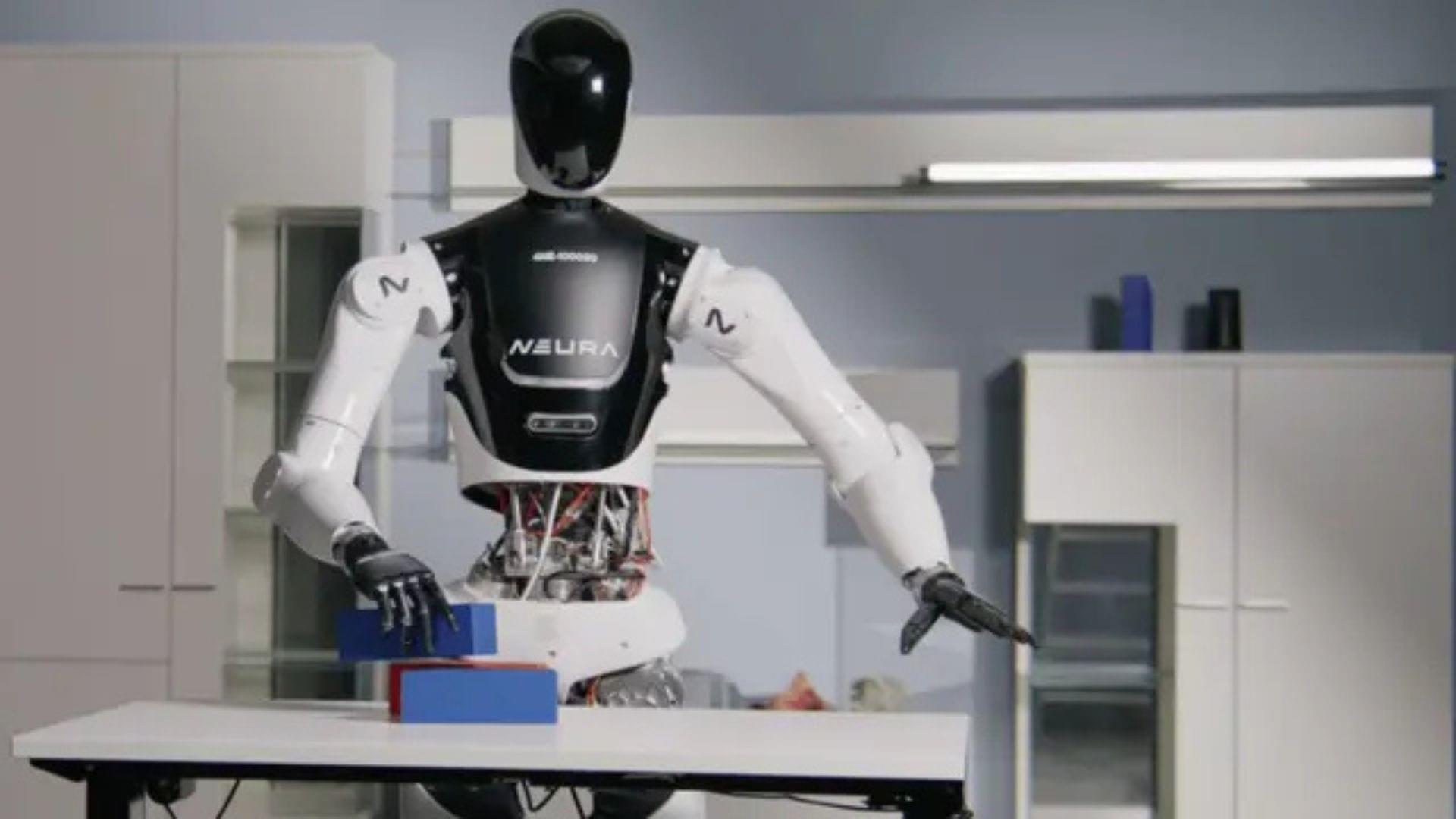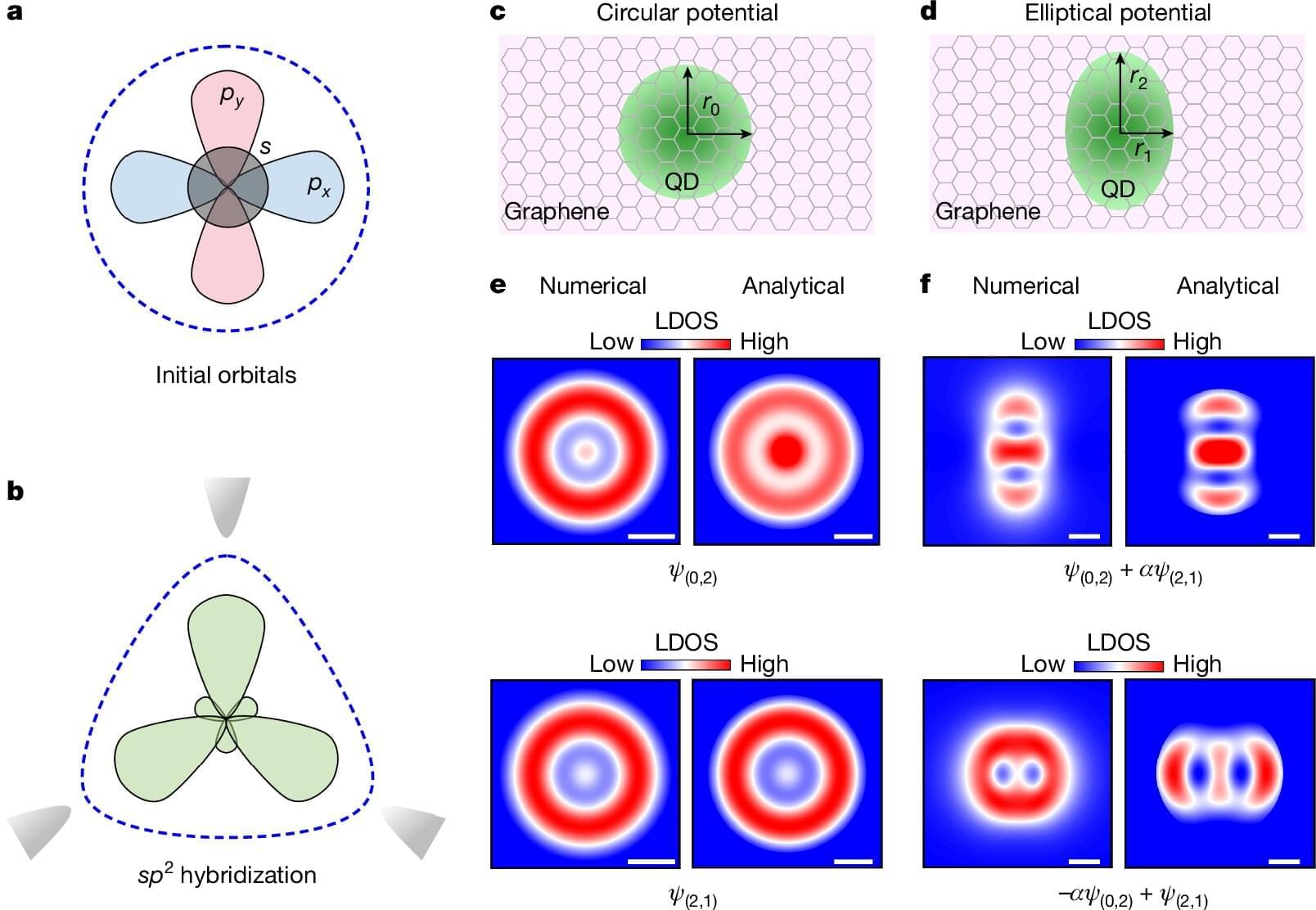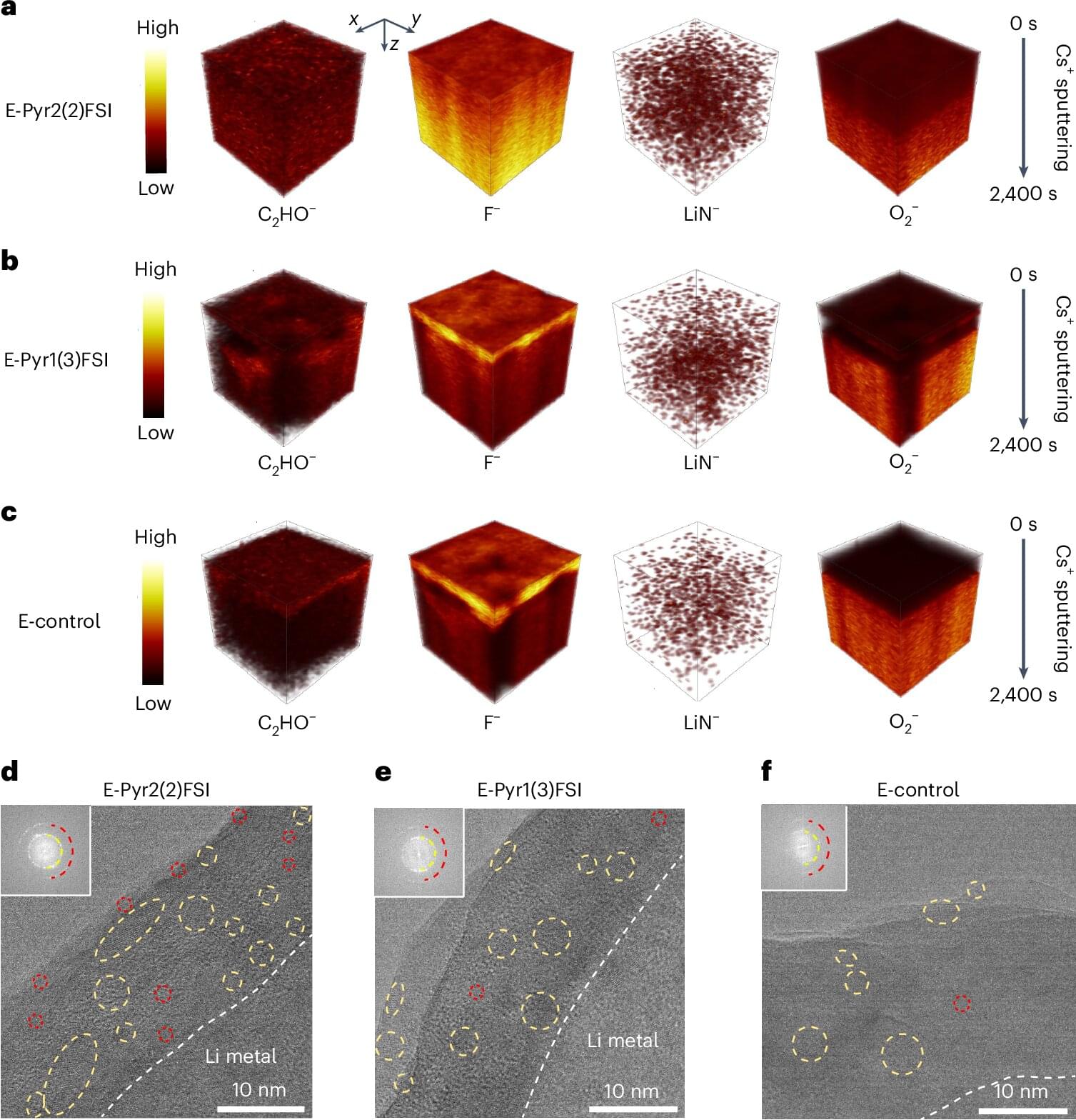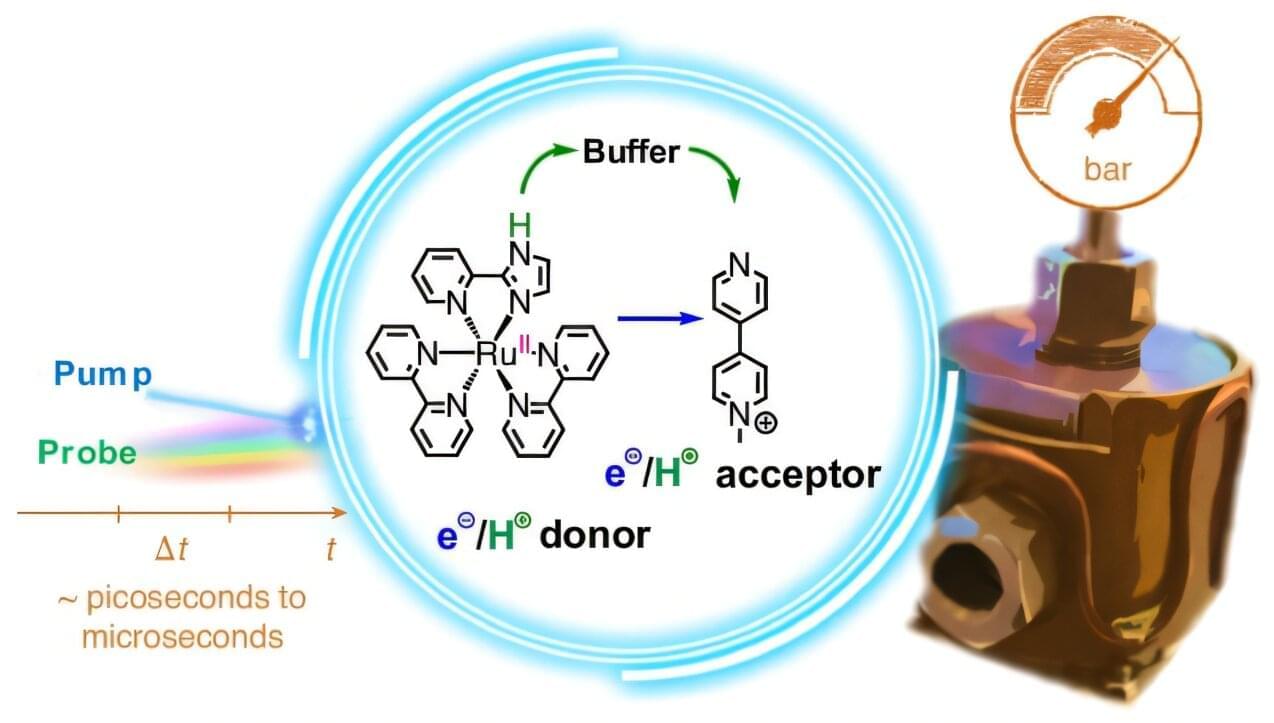In a groundbreaking study on the synthesis of cellulose—a major constituent of all plant cell walls—a team of Rutgers University-New Brunswick researchers have captured images of the microscopic process of cell-wall building continuously over 24 hours with living plant cells, providing critical insights that may lead to the development of more robust plants for increased food and lower-cost biofuels production.
The discovery, published in the journal Science Advances, reveals a dynamic process never seen before and may provide practical applications for everyday products derived from plants, including enhanced textiles, biofuels, biodegradable plastics, and new medical products.
The research is also expected to contribute to the fundamental knowledge while providing a new understanding of the formation of cell walls, the scientists said.
